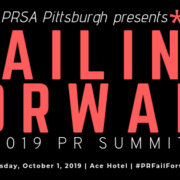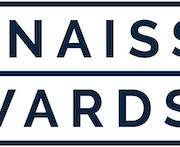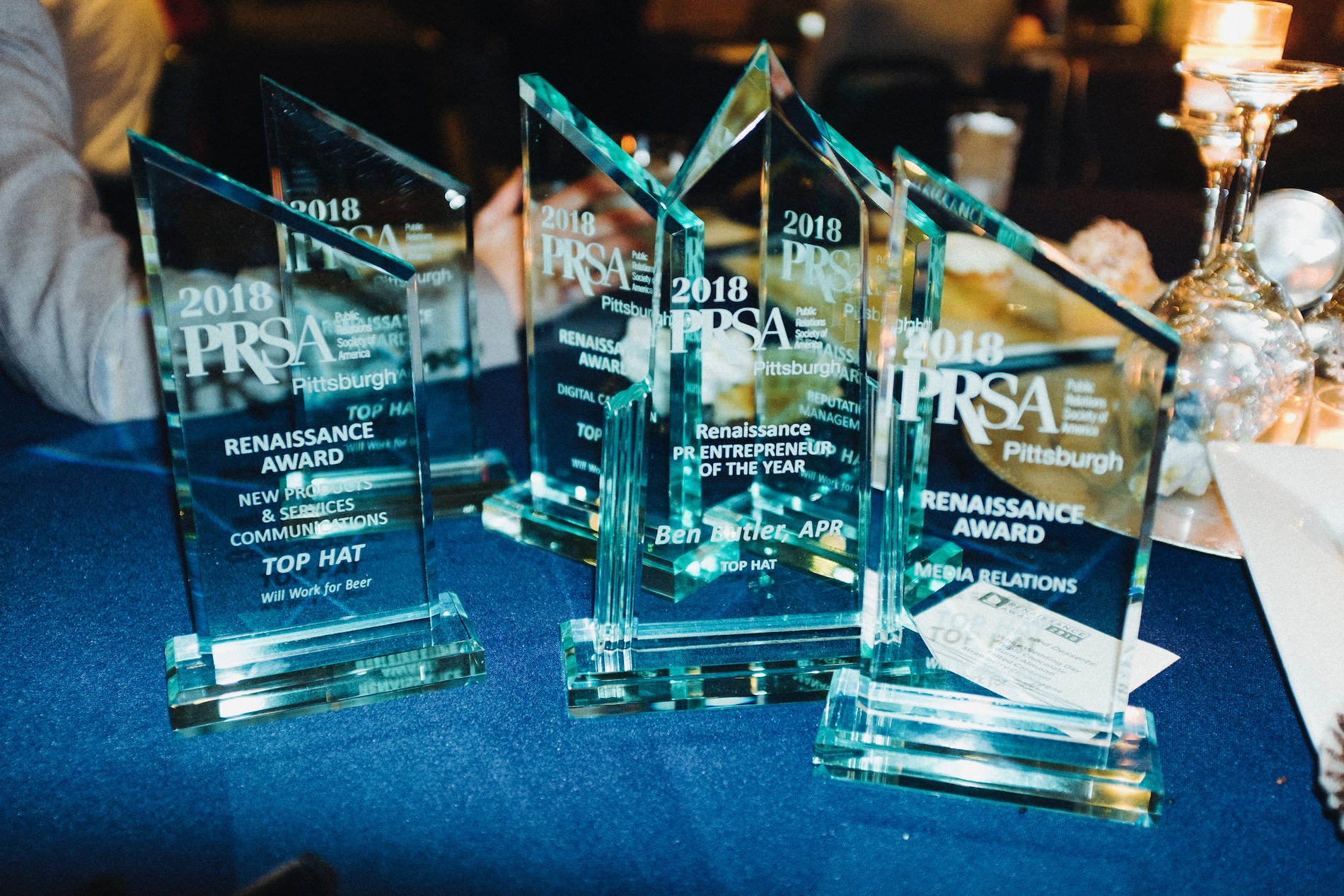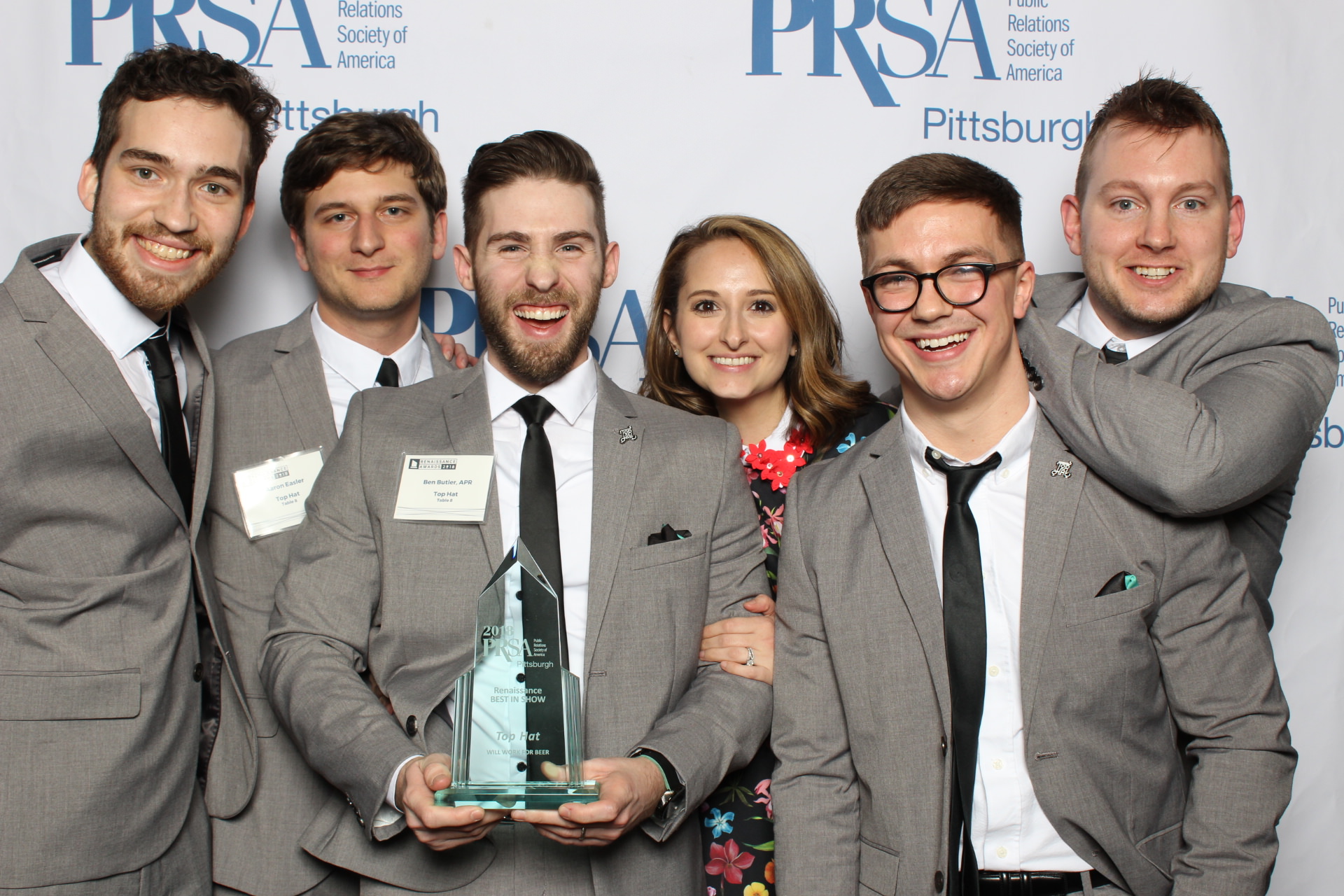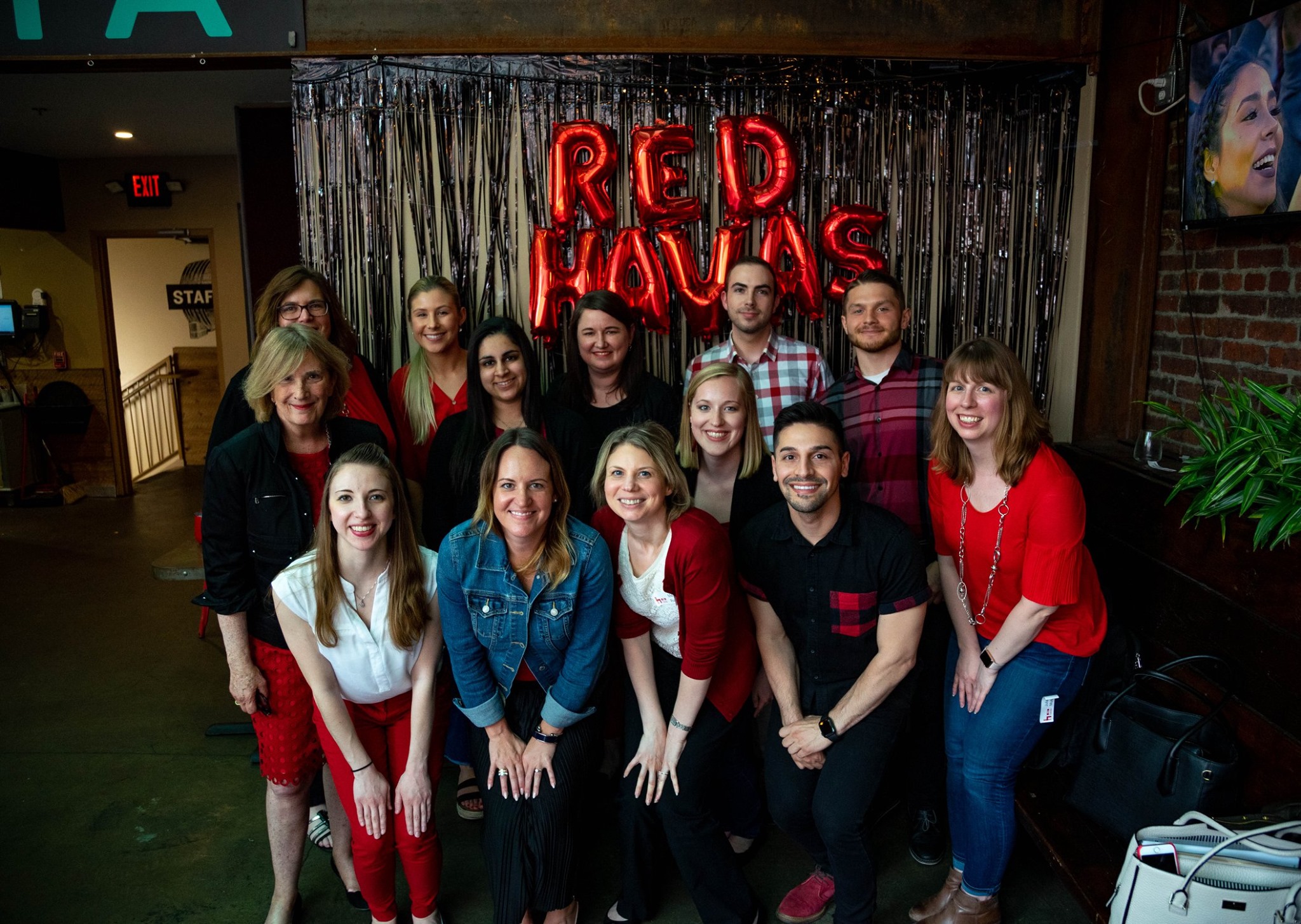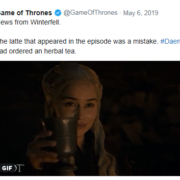Disney+, Mr. Rogers and Black Friday – Great tactics, Powerful Messaging and a Few Tips
By: Ashley Jones
The arsenal of “Lizzie McGuire” and “That’s So Raven” episodes are at our fingertips, Tom Hanks is portraying a Pittsburgh legend and Black Friday sales are right around the corner. Easy to suffice it’s been a hell of a time for some great PR—let’s take a closer look:

Photo by Thomas Kelley on Unsplash
Disney+ & Netflix/Nickelodeon
Let’s be honest, Disney+ could’ve offered just their theatrical animated features and we would still have chomped at the bit. While these films are enough of lure in their own right, Disney used the data at their fingertips to effectively utilize the assets they already have.
“More than 80 percent of streamers are either Millennials (ages 18-34) or Gen X (35-54). That means that the two biggest demographics for Disney+ will be people who have children and those who grew up in the ‘90s and ‘00s.
That’s why, for its early days, Disney is emphasizing nostalgia. They’re bringing back classic Disney Channel originals like “Motocrossed” or “Brink!” while putting their next “Star Wars” story exclusively on the platform. And for the children of these generations, they’re including classic cartoons and Pixar movies.” – PRsay
Millennials feel strongly about the pinnacle of childhood television occurring in the 90s. Despite being a no-brainer, it was nothing short of genius for Disney to appeal to their core demo with the shows and movies their targeted audience grew up loving and haven’t gotten to indulge in for years. In fact, Nick at Night had already found similar success by airing beloved 90s cartoons and shows like “Kenan and Kel” and “All That” after a certain time on the channel. Speaking of Nickelodeon, anyone else hear about their team up with Netflix? Thoughts?
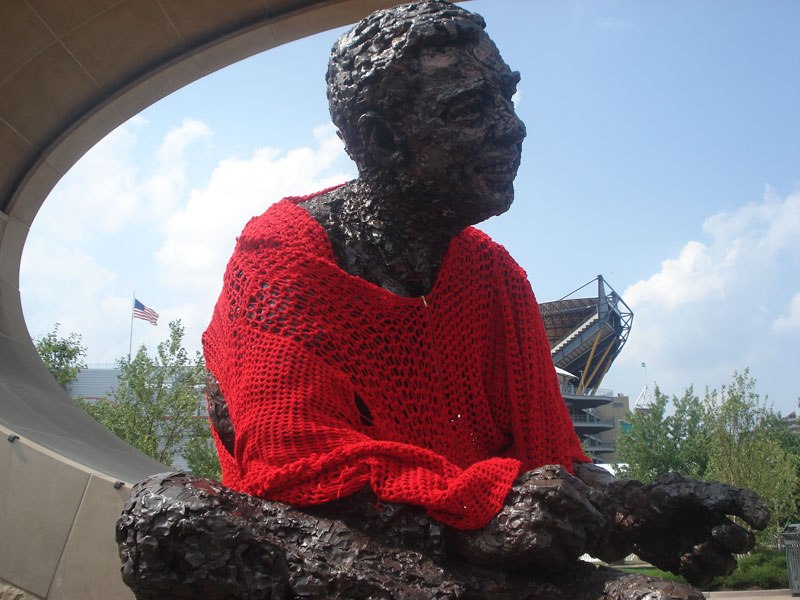
Artwork by ALICIA KACHMAR | Photograph by Jayna Janelle (JJ Crochet)
“A Beautiful Day in the Neighborhood”
How could one not be excited about America’s dad portraying America’s role model? “A Beautiful Day in the Neighborhood” has stirred up excitement since its production was announced. The film stars Tom Hanks as the one and only Fred Rogers and was filmed quite literally in our neighborhood.
While the life and legacy of Mr. Rogers in one to be celebrated in its own right, the timeliness of this film’s debut shouldn’t be underestimated. The last few years have been tumultuous in terms of politics, crime and bias, from immigration laws and environmental issues to sex scandals and gun control. Right now, everyone could use a little bit of that genuine Fred Rogers magic to remind us we’re all human and all deserving of kindness and respect.
Yes, Pittsburgh is a sports town that bleeds black and gold. Yeah, you can’t commute anywhere without crossing at least one bridge. So we might say “yinz” and pretend it’s just as grammatically sound as “ya’ll.” And, yes, we revolutionized the culinary industry by putting fries on our sandwiches and salads. But, maybe it’s time for Pittsburgh to be known for something bigger, especially while the nation’s eyes are on us through the lens of Mr. Rogers. Perhaps this is Pittsburgh’s moment to lead by example and demonstrate what being neighborly truly means.
Black Friday
Next week is already Thanksgiving which means Black Friday is right around the corner. It’s the ultimate weekend for procrastinators to catch up on holiday shopping without the usual harsh reality of a one-day shopping spree.
So, should your brand partake? If so, how do you make sure you’re not just another company shouting percentages at potential consumers?
First, be realistic and commit. If you’re going to offer Black Friday incentives make sure they’re worthwhile and beneficial to both you and your target audience.
This article from Square offered a few great ideas to help your brand’s Black Friday marketing cut through the clutter. If your company is a small locally-owned business, we liked these tips in particular:
- Find your hook
- Limited-edition, local or handmade items customers can only get at your store? Promote those!
- Team up with other small businesses
- Remember that discussion about Mr. Rogers earlier? This is a great time to collaborate with fellow local businesses to incentivize and attract shoppers.
- Make it a party
- Decorate, put on a killer playlist, offer drinks and snacks. Make your business a place shoppers simply can’t pass by and want to spend time in. Don’t be afraid to go that extra mile. For example, if you own a fashion boutique, put on a mini fashion show to demonstrate your newest line of clothing.
- Bundle products together
- Now is the time to promote your products as much as possible. Offer discounts and deals for the purchase of multiple related items. If you own a book shop, offer an incentive for purchasing a book, a writing accessory, and a candle together.
- Stay open late
- Black Fridays are busy. There are tons of places shoppers want to try to hit in one day. Give them a little extra leeway, plus appeal to the customers who don’t enjoy the madness of Black Friday mornings by staying open for a few extra hours.
- Go the extra mile
- Wrap those purchases up or give a free little gift. Offering something as simple as a free holiday cookie with your logo on it is a great way to show your thanks and get in a little extra brand marketing.
______________________________________________________________________________________________________
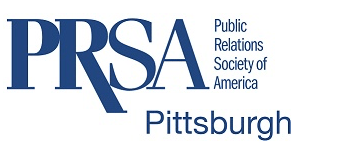





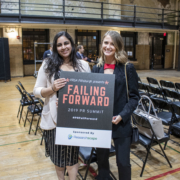
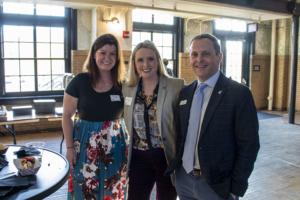
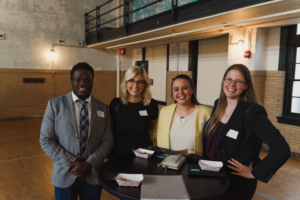
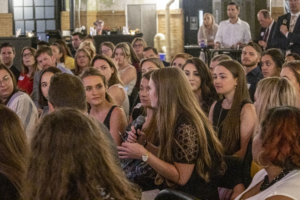
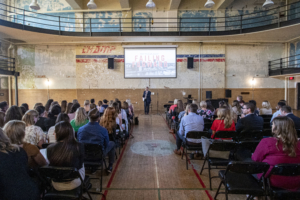
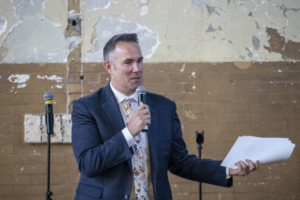

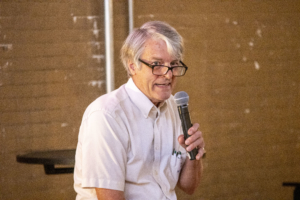
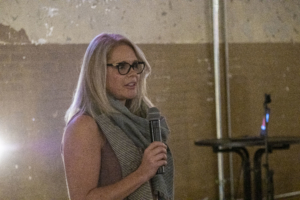
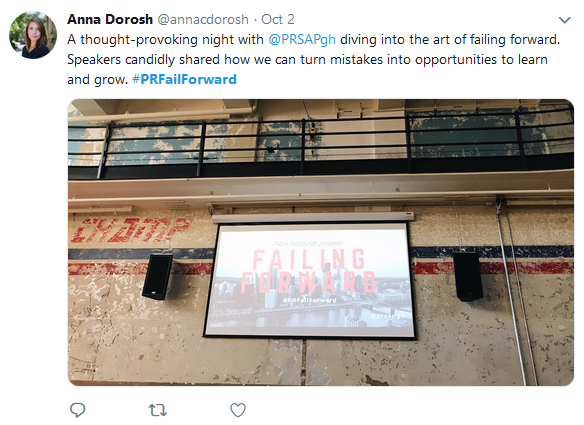




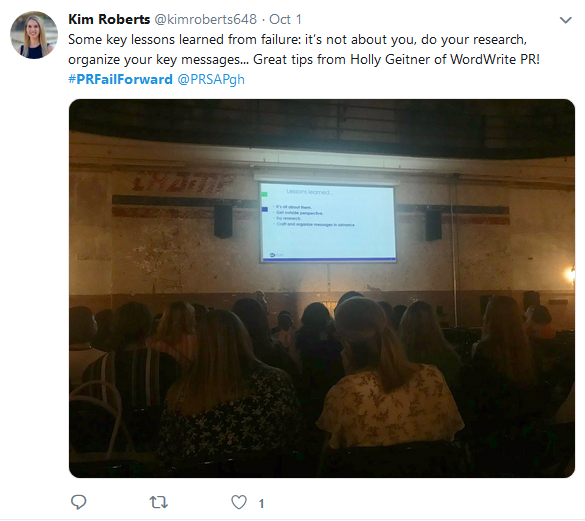

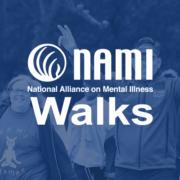
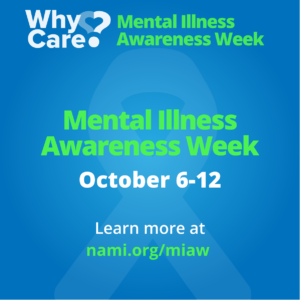
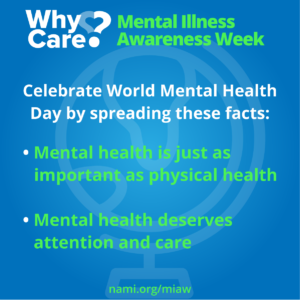
 sharon-mccutcheon-RKIBGByrDrc-unsplash
sharon-mccutcheon-RKIBGByrDrc-unsplash
